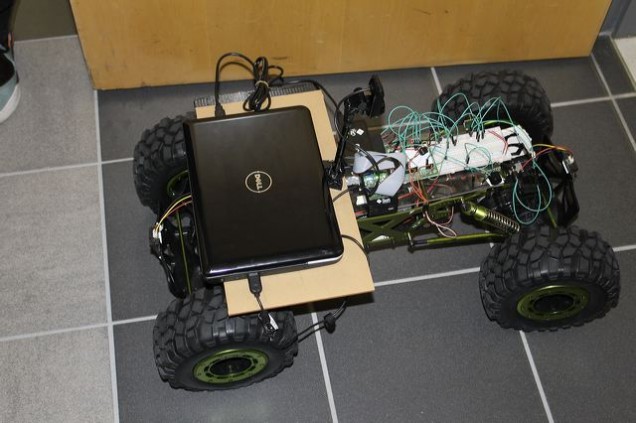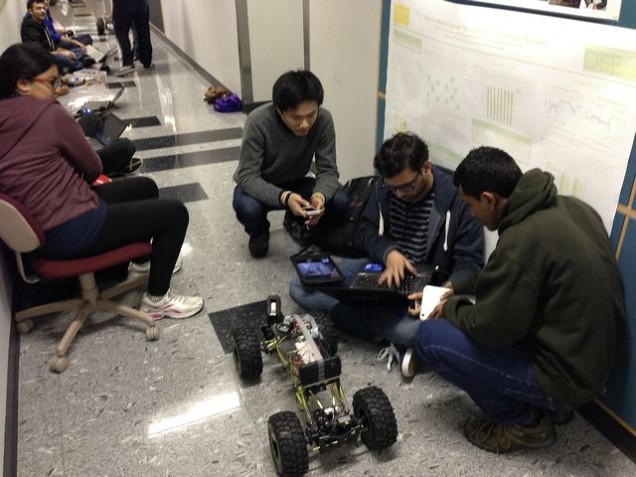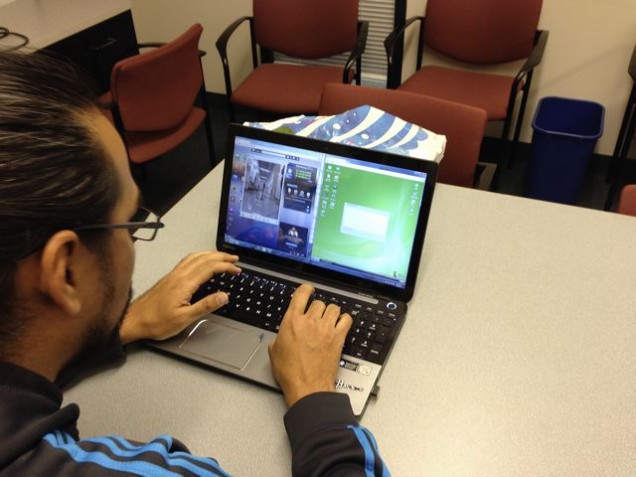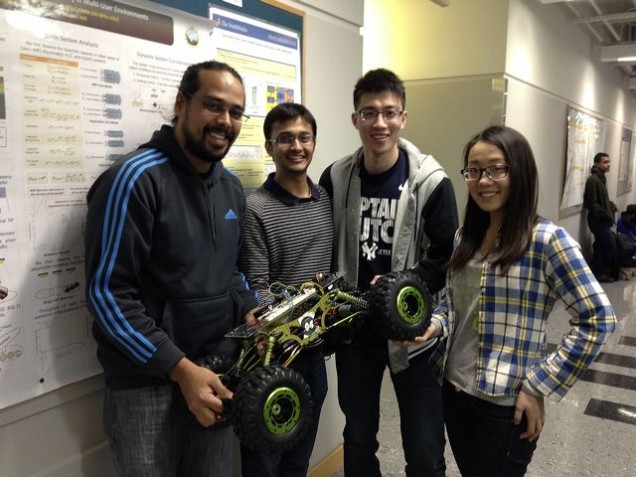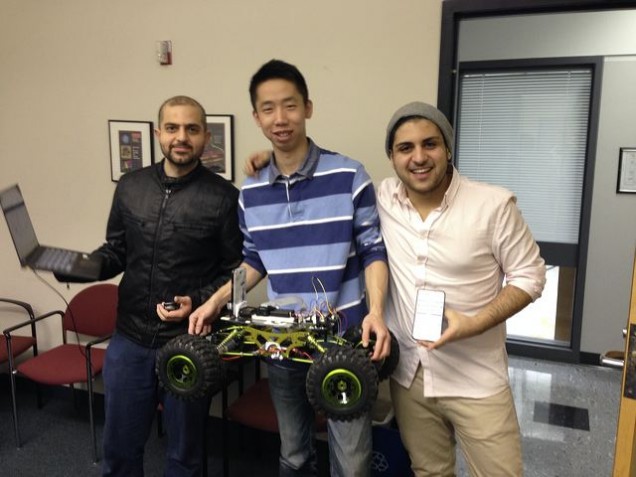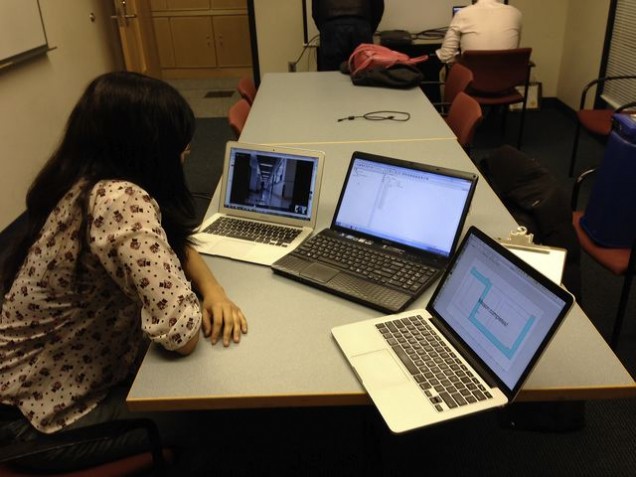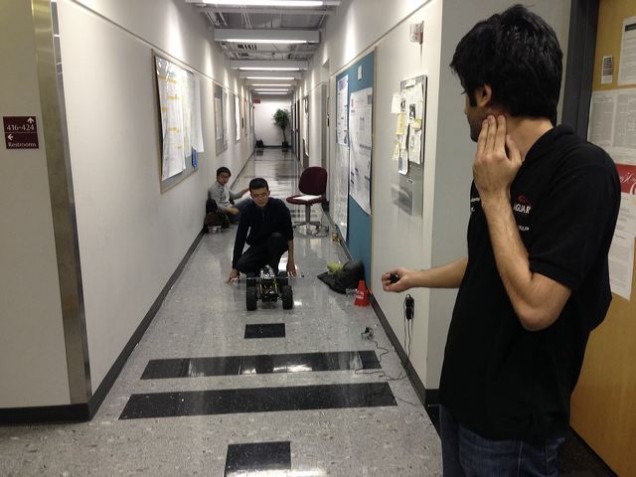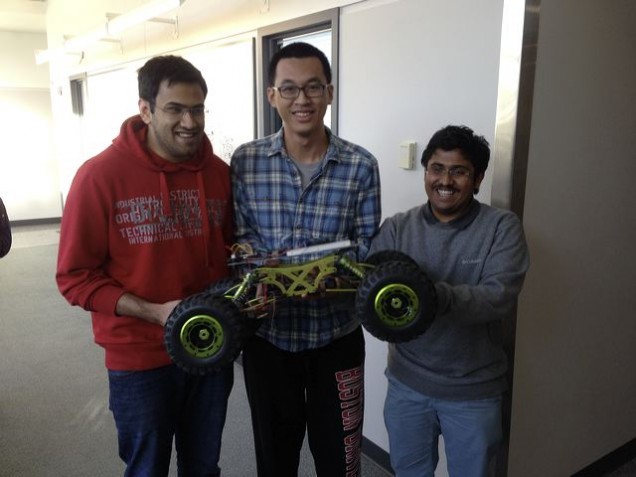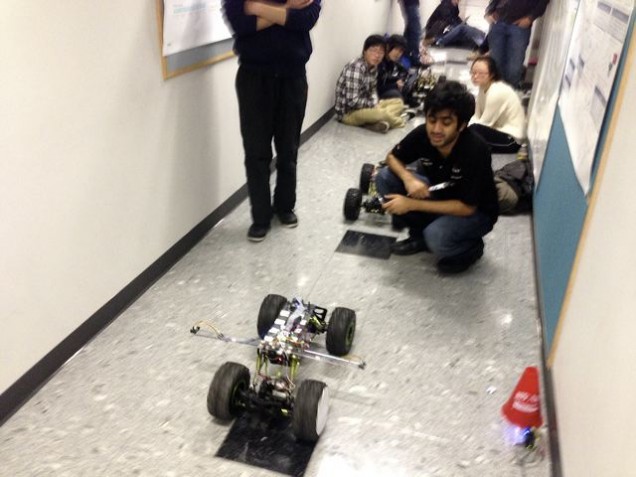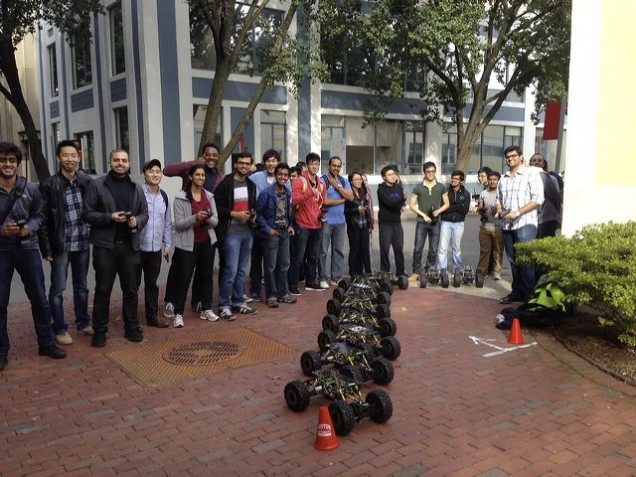EC/ME/SE 544 Networking the Physical World
This course considers the evolution of embedded network sensing and actuation systems with the introduction of wireless network connectivity in the realm of the “Internet of Things (IoT),” wireless sensor networking, and ambient computing. Key themes are computing optimized for resource constrained (cost, energy, memory and storage space) applications and sensing-actuating interfaces to connect to the physical world. The course will study current technology for networked, embedded, sensors and actuators including evolving protocol standards. A significant laboratory component of the course will introduce students to the unique characteristics of distributed sensor-actuator systems including programming, reliable communications, sensing modalities, calibration, and application development. The backbone of the course is a set of eight challenge problems that require application of theoretical concepts on an electronic vehicle equipped with sensors and actuator components.
Prerequisites: EC 312 (Computer Organization), EC 450 (Microprocessors) or equivalents; EC 441 (Conputer Networking) is desirable. Comfort with programming and programming environments is essential – we will use a variety of environments, languages, and IDEs in developing solutions to assigned challenges.
Requirements: Students must provide and maintain their own portable computer capable of connecting to the campus network.
Key Concepts Covered
- Sensing and actuation of the physical world including positioning and locomotion
- Low power embedded wireless microcontrollers
- Remote control on IP networks bridged to wireless devices
- Ambient computing involving large sets of devices
- Data aggregation, storage, analysis, visualization
- Distributed and autonomous control; emergent behavior
Course Outcomes — By the end of the course, students will be able to design and implement a system including:
- Remote access with bidirectional flow of data across an IP network
- Bridging a gateway between an IP network and a WPAN
- Sensing and actuation with a microcontroller
- Localized and network based feedback control
- Data reporting, logging, recall, and visualization
- Positioning with available modalities
- Use of available microcontrollers, software, middleware
- Low power design, instrument scheduling
